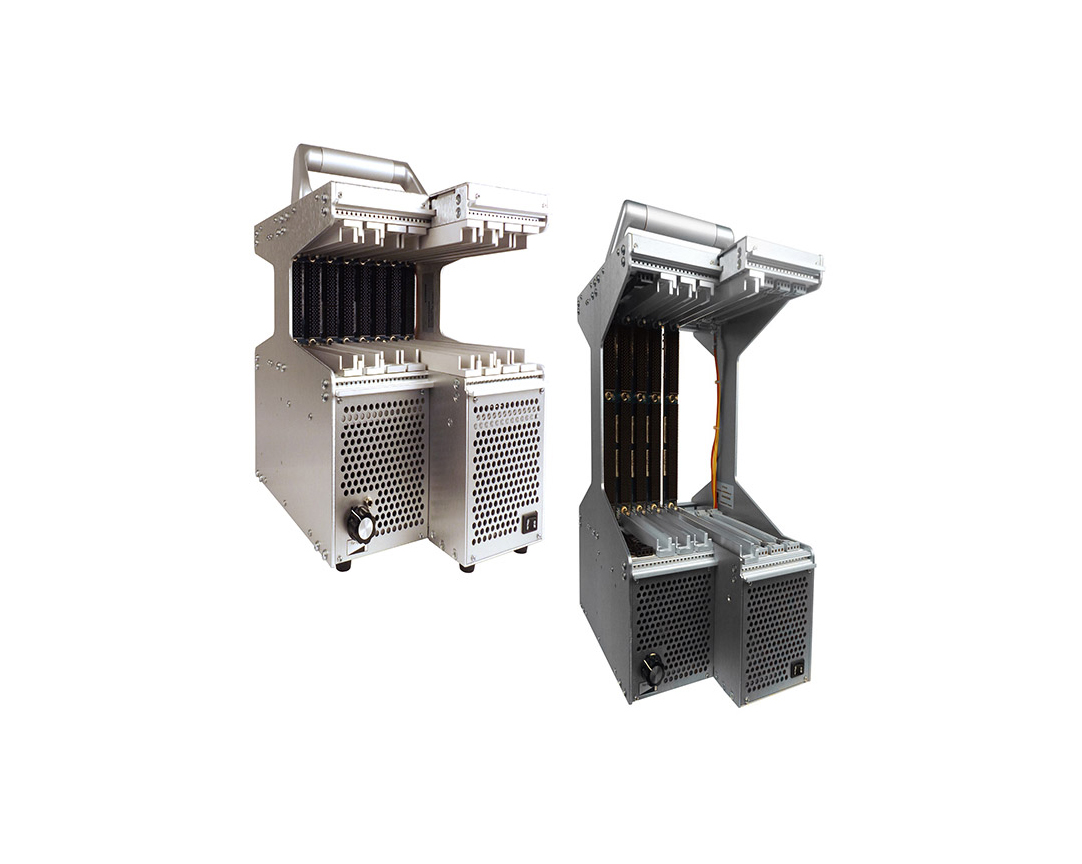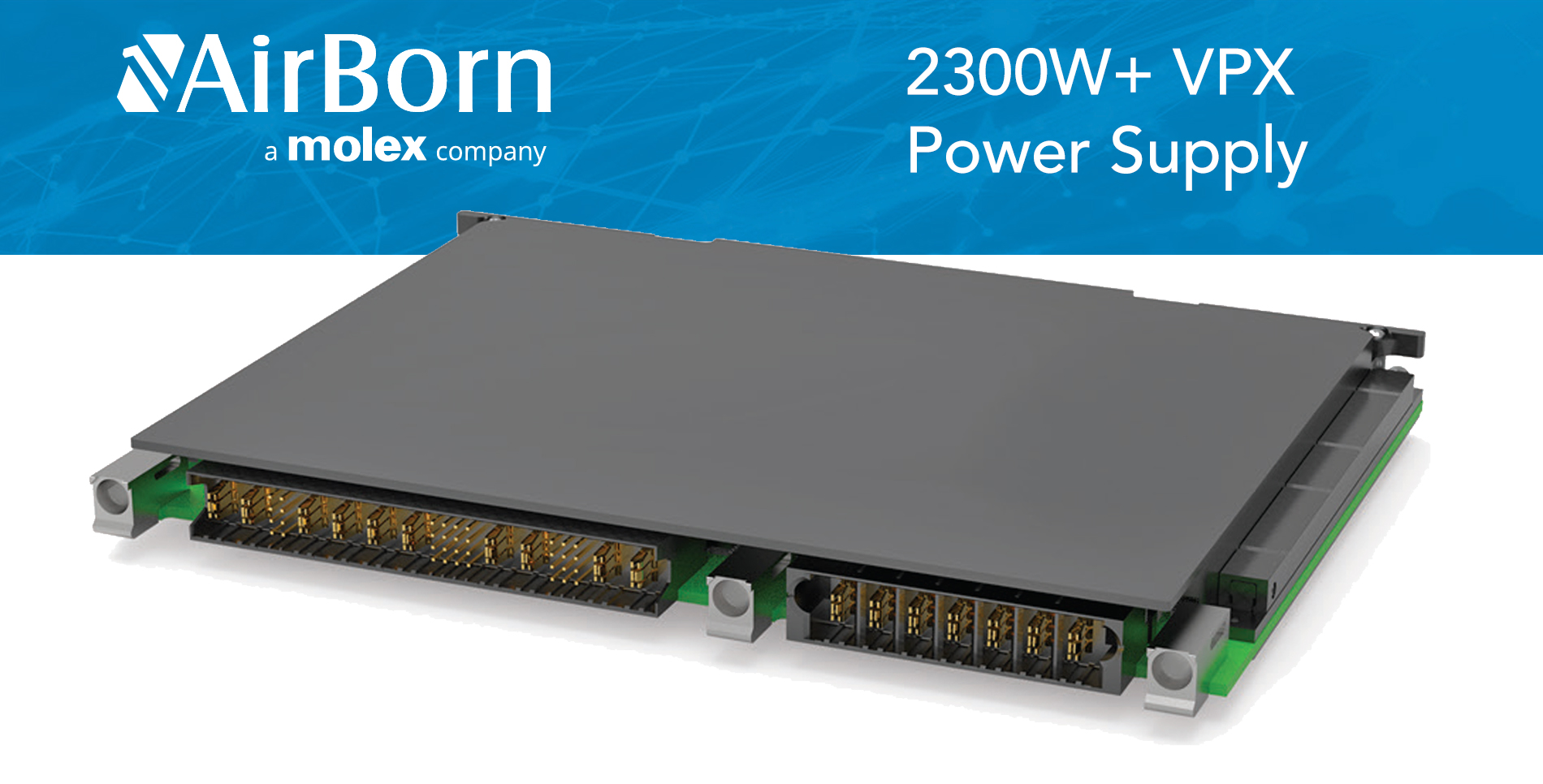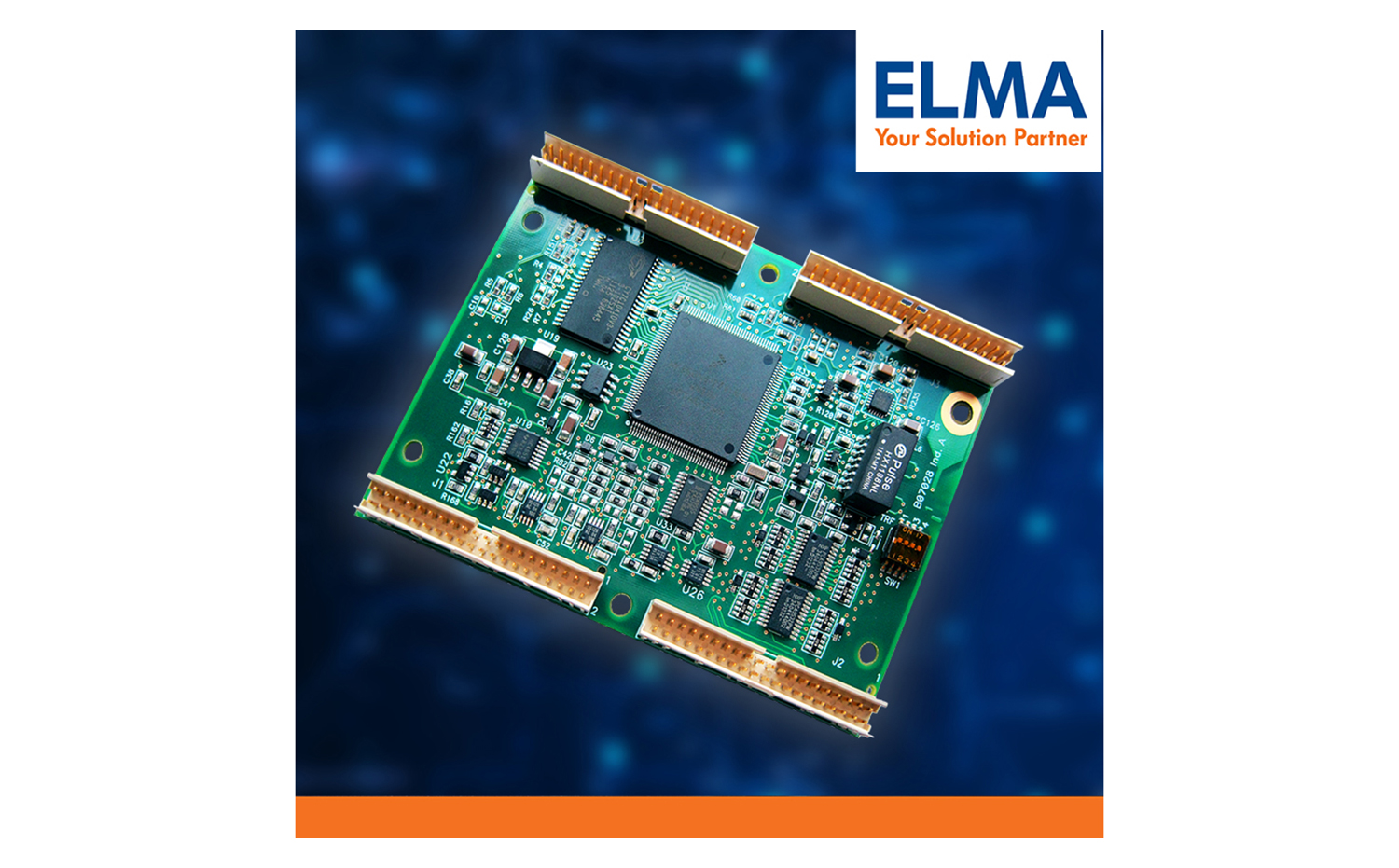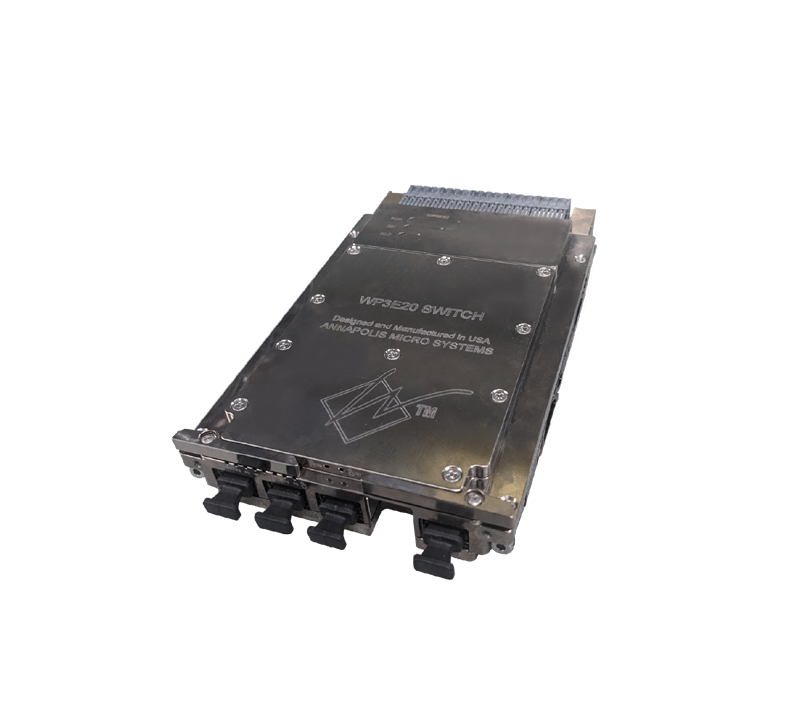On November 20, 2013, VITA Technologies announced its first inductee into the VITA Technologies Hall of Fame. This spring we add three more to the VITA Technologies Hall of Fame.
With more than 30 years in the embedded computer industry, Warren Andrews combined his engineering, marketing, and journalistic skills to identify and anayze leading-edge technologies and trends. His participation in the embedded computing industry in all of his roles inspired many to greater heights. His many articles and market analysis provided insight into this emerging part of the computer industry.
Andrews was the editorial director and publisher/associate publisher of RTC magazine, a highly respected monthly magazine in the embedded-computer industry. He also founded COTS Journal, a leading publication in the military/government electronics market.
Prior to joining the RTC Group, Andrews worked with Computer Design, Electronic Design, and EE Times in various capacities including to his own newsletter, InfoBus Report, which he published for over 10 years. In addition, he published several marketing/technology studies including landmark volumes on the “Bus and Board Market,” and “PCI, its Markets and Technology.”
Before joining the fourth estate in 1980, Andrews owned his own engineering and manufacturing company where he designed microprocessor-based switching systems for the retail and lodging industries. He is also the developer of several unique products for the security and automotive industries, and holds a U.S. Patent for one of his inventions.
Andrews has been the keynote speaker at the PCI SIG annual meeting, a regular speaker at the annual Bus and Board Conference, and was often invited to participate at company-specific events with companies that include Motorola, Wind River Systems, and Zilinx.
Andrews was on the Board of Directors of SBS Technologies and the board of advisers of StarGen, Inc.
Parsons was a long-time participant in the VITA Standards Organization (VSO). He participated in countless working groups over his twenty-plus years of contributions, extending all the way back to the original VMEbus standard. He was the chair of the VITA 30.x (2mm Connector Practice for Eurocard Systems) working group. Parsons was the chairman of the VSO for nine years. During his tenure, VITA adopted new ex ante patent terms for its members, setting a new high-bar for standards development organizations. It was also during his years that VPX became the mainstay activity for the VSO.
In 1996, Parsons joined the VITA board of directors as the representative for AMP who had just become a sponsor member. He was involved in many changes that VITA experienced in those years, as the charter expanded from VMEbus to include other technologies important to the critical embedded computing industry.
Connector technology is the root of many of the standards developed by VITA, Parsons’ background in the connector industry was key to his contributions to the many standards he was involved in during his career. After graduating with an aerospace engineering degree and working in that industry for seven years, Parsons moved to AMP as a product engineer and later as the Harrisburg liaison for AMP Packaging Systems. In 1988, he moved to AMP Standards and Approvals department as a Standards Development Manager where he was a key contributor to dozens of VITA standards. He also participated in PICMG, IEEE, SFF, SCSI, and other standards activities, continuing after the merger with Tyco Electronics and Foxconn until his retirement in 2010.
Robles is a retired Boeing Senior Technical Fellow with over thirty years of experience in electronic packaging disciplines including system architectures, hardware design for commercial and military ground and airborne avionics, mechanical tolerance analysis, thermal and dynamic/vibration analysis, weights/mass properties analysis, design of experiments, environmental analysis and test, reliability, and environmental stress screening.
He is a recognized expert on the application of commercial-off-the-shelf (COTS) hardware on military platforms. Robles led the ITAA working group for EIA-933 Standard for Preparing a COTS Assembly Management Plan. He was the Boeing Focal for VITA and PICMG, developing open standards for next generation COTS assemblies for military/aerospace applications.
Robles’ technical leadership in VITA drove the development of standards and COTS VPX products that are compatible with two-level maintenance. He led the implementation team that established a two-level maintenance baseline on FCS resulting in projected life cycle cost savings of $4 billion for the ICS alone.
His development of a practicable liquid flow-through cooling design resulted in a 30 percent weight and volume reduction in the F/A-18 E/F active electronically scanned array (AESA) radar processor. His led a multi-company team to develop a mission systems design that the customer regarded as “nearly flawless.”
Robles received a Special Incentive Award for the $50 million projected savings from the application of his approach for the integration of COTS electronics on AWCS Extend Sentry hardware. He is a prolific consultant who has been involved with many Boeing programs including 787, 737 RS, AWACS, F-15, F/A-18, F/A-22, FCS, P-8, V-22, and WedgeTail.
Robles was the Boeing Fellowship focal for Communities of Practice and Knowledge Management. He presented well-received workshops at the University of California at Berkeley, WSU, and at Society of Hispanic Professional Engineers National Technical Career Conferences.






